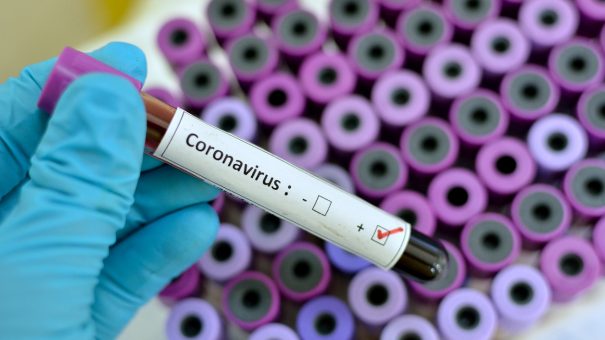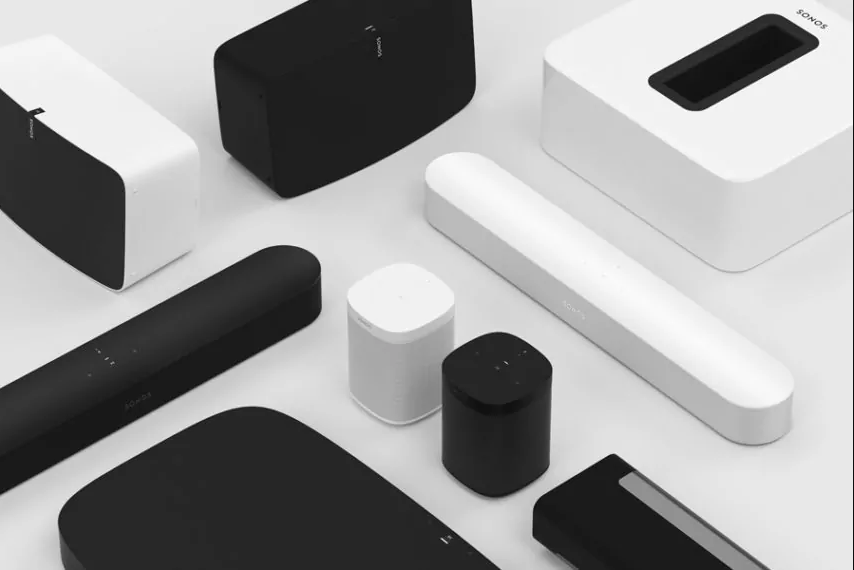Can one copyright a graphic depiction of a mood?
In an action to determine whether certain anthropomorphized characters representing human emotions qualify for copyright protection, the United States Court of Appeals for the Ninth Circuit affirmed the district court’s dismissal of the action. The lawsuit was filed by Denise Daniels and The Moodster Company, who created “The Moodsters.” In their complaint, plaintiffs alleged that The Walt Disney company and Pixar infringed their copyrighted characters through the movie “Inside Out.” The Ninth Circuit also affirmed the district court’s denial of plaintiffs’ claim for breach of an implied-in-fact contract under California law based on plaintiffs’ alleged disclosure of information about The Moodsters to various employees of Disney and its affiliates.
Plaintiff Daniels is an expert on children’s emotional intelligence and development and designs and promotes initiatives that help children cope with their emotions. As a commercial application of this work, Daniels developed “The Moodsters” and hired a team under her company, The Moodsters Company. The Moodsters are lightly sketched anthropomorphized characters representing human emotions. The Moodsters include five characters that are color-coded anthropomorphic emotions, each representing a different emotion: pink for love, yellow for happiness, blue for sadness, red for anger, and green for fear.
In 2007, Daniels and her team created a 30-minute pilot episode for a television series featuring The Moodsters, titled “The Amoodsment Mixup,” which was later available on YouTube. Between 2012 to 2013, plaintiffs developed a line of Moodster products, including toys and books that were sold at Target and other retailers beginning in 2015. Moreover, plaintiff claims to have pitched The Moodsters to numerous media and entertainment companies. Notably, plaintiff alleges that the Walt Disney Company and Pixar were recurring targets, although no deal was ever reached.
Meanwhile, Disney began development of “Inside Out” in 2010 and the film was released in 2015. “Inside Out” centers on five anthropomorphized emotions that live inside the mind of an 11-year-old girl. Slightly different than The Moodsters, these emotions are joy, fear, sadness, disgust, and anger. In addition, in Disney’s telling, yellow is for joy, blue is for sadness, red is for anger, green is for disgust, and purple is for fear.
In 2017, plaintiffs filed their lawsuit for copyright infringement of The Moodster characters and breach of an implied-in-fact contract. According to plaintiffs, the contract arose from Disney using plaintiffs’ characters to develop “Inside Out” and the breach occurred when Disney failed to compensate plaintiffs for the material. As to copyright infringement, plaintiffs alleged infringement of the individual Moodster characters and the entire ensemble of characters. Disney responded to the lawsuit by filing a motion to dismiss, alleging that plaintiff failed to meet the standard for copyright protection and that plaintiff’s publication of the characters doomed plaintiff’s breach of contract claim. The district court granted Disney’s motion to dismiss and plaintiff appealed to the Court of Appeals for the Ninth Circuit.
At primary issue in this case is whether The Moodsters constitute copyrightable material. While characters are not an enumerated copyrightable subject matter, courts have often extended such protection to graphically depicted characters. A character is entitled to copyright protection only if (1) the character has physical as well as conceptual qualities, (2) the character is sufficiently delineated to be recognizable as the same character whenever it appears and displays consistent, identifiable character traits and attributes, and (3) the character is especially distinctive and contains some unique elements of expression.
Disney conceded that The Moodsters certainly have physical as well as conceptual qualities. However, the court determined that these characters do not qualify for copyright protection because they lacked consistent, identifiable character traits and attributes and were not especially distinctive. In particular, the notion of using a color to represent a mood or emotion is an idea that does not fall within the realm of copyright protection. The court noted the vast number of works featuring the idea of color psychology. The court further noted that colors themselves are generally not copyrightable. Moreover, The Moodsters changed significantly over time and therefore, lacked consistent, identifiable character traits. For example, the characters’ names changed throughout the various iterations. Indeed, other than the notion of color and emotions, there are few other identifiable character traits and attributes that have remained consistent across the various versions of The Moodsters.
Further, The Moodsters did not qualify for copyright protection under the alternative “story being told” test. Under this test, a character can be subject to copyright protection if it constitutes the story being told. In other words, to be eligible for protection, the character must be central to the story. On the other hand, if the character is “a mere chessman in the game of storytelling,” no protection subsists. Here, the court found that the depictions of The Moodsters failed to include any substantial character development or character study. Therefore, the court held that that characters each serve as a means by which particular emotions are introduced and explored.
Read More









